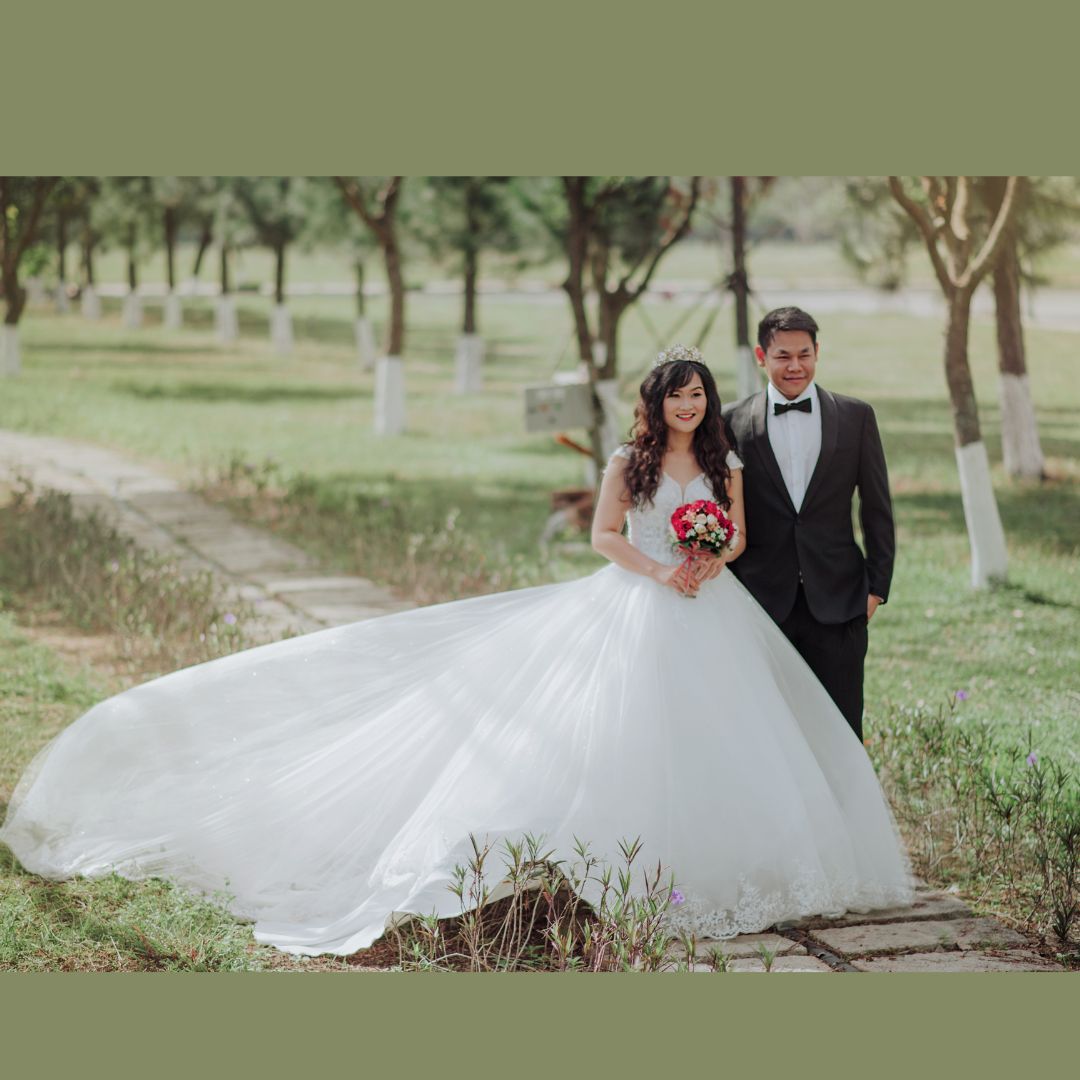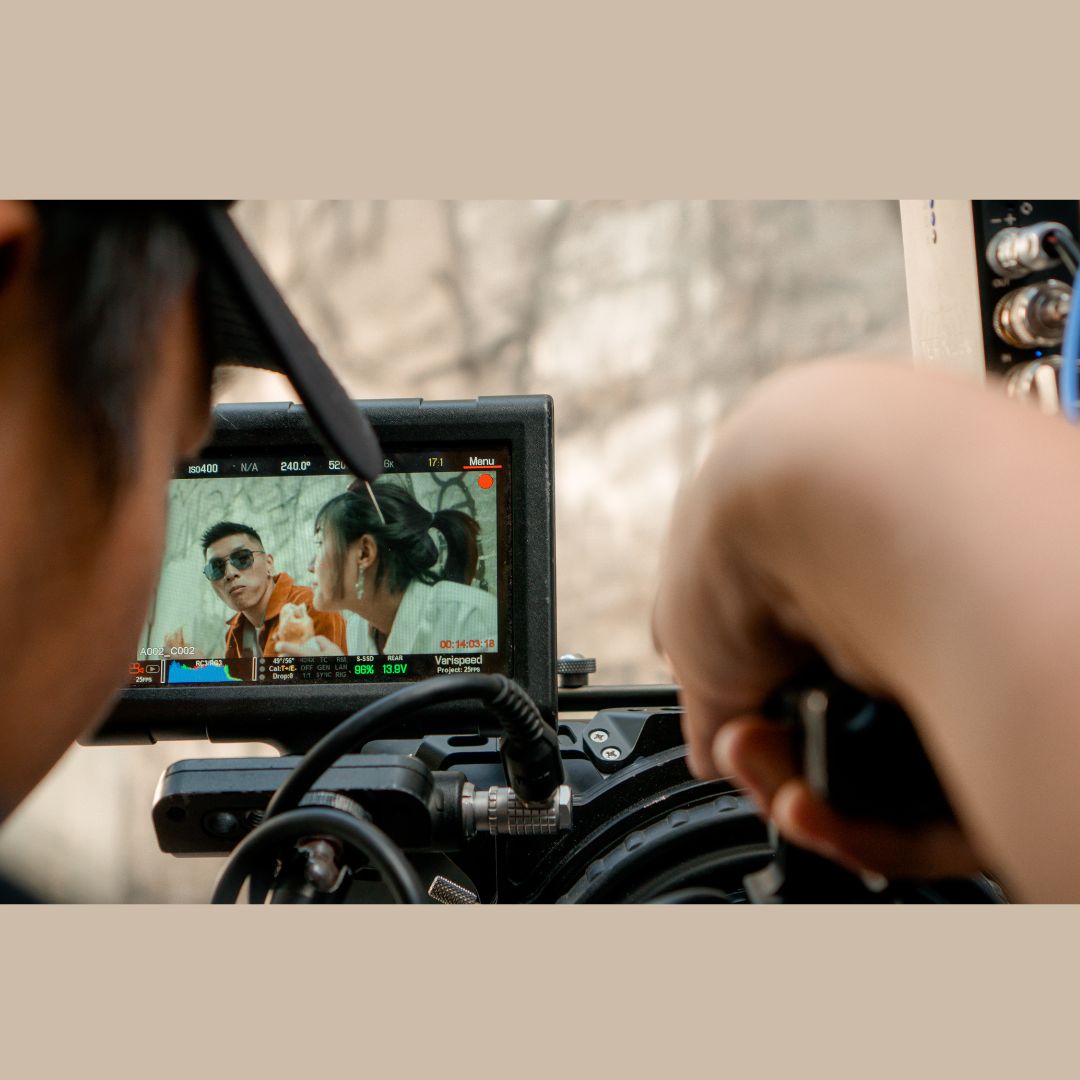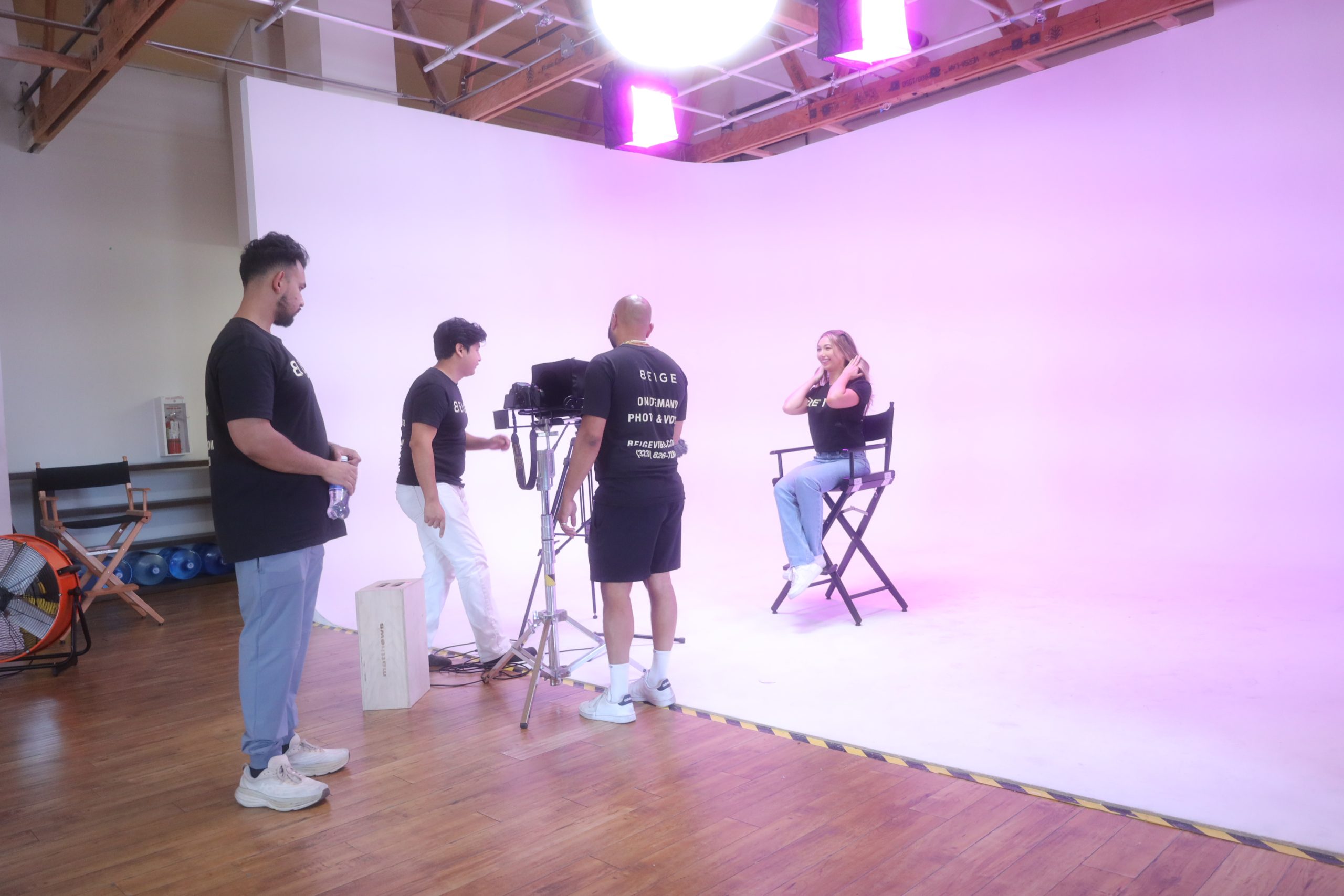No products in the cart.

Engagement Photo Session Tips: A Comprehensive Guide
Introduction: Everyone dreams of receiving a romantic proposal from their significant other. It resembles a childhood fantasy coming to pass. It really is a
Advertising photography and catalog photography are two distinct genres within the field of commercial photography. While they both involve capturing images of products, they serve different purposes and employ different techniques and approaches. Understanding the differences between advertising photography and catalog photography is essential for businesses and photographers alike.
Advertising photography encompasses images that are used in advertising campaigns to promote a brand, product, or service. It is often more concept-driven and aims to evoke emotions or convey a specific message to the audience. The purpose of advertising photography is to create a desire for the product and convince consumers to take a specific action, such as making a purchase or visiting a website.
On the other hand, catalog photography focuses on capturing product images for use in catalogs, e-commerce websites, and product listings. The goal of catalog photography is to provide a clear and accurate representation of the product, showcasing its features and details. The primary objective is to inform the viewer about the product’s specifications and help them make an informed buying decision.
Several factors differentiate advertising photography from catalog photography:
1. Purpose and Goal: Advertising photography aims to create a connection with the audience and influence their behavior, while catalog photography focuses on presenting the product accurately for informational purposes.
2. Focus on Products: In advertising photography, the emphasis is on highlighting the product’s unique selling points and creating a visual narrative around it. Catalog photography, on the other hand, emphasizes accurate representation and clear product details.
3. Styling and Presentation: Advertising photography often involves more elaborate styling, creative lighting, and dramatic compositions to evoke emotions and capture attention. Catalog photography typically follows a more standardized and consistent style to present products uniformly.
4. Creative Direction and Storytelling: Advertising photography often involves a higher level of creative direction and storytelling to create captivating visuals that resonate with the target audience. In contrast, catalog photography focuses more on product placement and showcasing different variations or angles.
5. Budget and Production: Advertising photography generally has a higher budget and involves complex production processes, including location scouting, model selection, and post-production editing, to achieve a specific vision. Catalog photography typically has a more straightforward production process and a limited budget.
By understanding the distinctions between advertising photography and catalog photography, businesses can effectively choose the right approach to showcase their products, while photographers can tailor their techniques and styles accordingly to meet the specific requirements of each genre.
Discover the fascinating world of advertising photography! In this section, we’ll unravel the intricacies of this artistic medium, exploring its purpose, focus on products, styling, creative direction, and budget considerations. Get ready to delve into the captivating realm where visual storytelling comes to life, and brands convey their messages through captivating images. Join us on this journey as we unlock the secrets behind the mesmerizing world of advertising photography.
The purpose and goal of advertising photography differ from catalog photography.
| Advertising Photography | Catalog Photography |
| Aims to create visually striking images that capture attention and promote a brand or product with the purpose of connecting with the target audience and achieving specific goals. | Focuses on showcasing products in a more straightforward and informative manner with the goal of providing accurate and clear representations for sales purposes. |
| Emphasizes creativity, storytelling, and evoking emotions to connect with the target audience and achieve its purpose and goal. | Its main objective is to provide accurate and clear representations of products for sales purposes, aligning with the intended goals. |
| Often involves hiring professional models, elaborate sets, and extensive post-production editing to fulfill its purpose and achieve specific goals. | Typically uses simpler setups, standard models, and minimal post-processing to present products realistically, aligning with the intended goals. |
The focus on products is a key difference between advertising photography and catalog photography. When it comes to advertising photography, the primary objective is to emphasize the features of the product and induce desired feelings in consumers. This objective is accomplished through the utilization of creative lighting, angles, and composition, which all play a role in presenting the product in a captivating and aspirational manner. Conversely, catalog photography places more emphasis on delivering a lucid and informative representation of the product, with less focus on artistic style. The aim is to provide customers with accurate depictions of the product, enabling them to make well-informed purchasing decisions.
Once, I had the opportunity to work on a project for a prestigious jewelry brand. During the advertising photography phase, our main focus was to capture the intricate details and impeccable craftsmanship of each piece. This involved employing specialized lighting techniques to accentuate the sparkle and elegance. However, during the catalog photography stage, our attention shifted towards showcasing various angles and sizes of the jewelry pieces, ensuring precision and consistency for customers perusing the catalog.
Styling and presentation are essential elements in both advertising and catalog photography as they contribute to creating the desired aesthetic and attracting the target audience. When it comes to styling and presentation, there are several key elements to consider:
1. Conceptualization: In advertising photography, styling and presentation are often driven by the concept or idea being communicated. The goal is to evoke emotions and capture attention effectively.
2. Art Direction: Advertising photography usually involves a larger production team and a more hands-on approach to styling and presentation. It may require the expertise of professional stylists, makeup artists, and set designers to achieve a specific look.
3. Attention to Detail: Both in advertising and catalog photography, paying attention to detail is crucial. This includes carefully selecting props, arranging products, and ensuring that every element visually appeals to the audience.
4. Brand Image: It is important for styling and presentation to align with the brand image and target audience. In advertising, they may lean towards being more experimental and creative, while catalog photography tends to be more straightforward and representative.
The styling and presentation of photographs in advertising and catalog photography play a significant role in establishing the desired visual aesthetic and effectively conveying the brand message. It is crucial to meticulously plan and execute these aspects to create impactful and visually appealing imagery.
Creative direction and storytelling are crucial components in advertising and catalog photography. They both entail effectively communicating a message or narrative through visual storytelling techniques. Specific differences exist in their approaches.
In a recent advertising campaign for a luxury perfume brand, the creative direction involved crafting a story of elegance and mystique. The photographer and team collaborated to convey the brand’s message through thoughtfully selected sets, lighting techniques, and model poses. The final images successfully captured the essence of the brand and actively engaged viewers, leading to enhanced brand awareness and sales.
| Budget and Production Aspects of Advertising Photography and Catalog Photography |
| When it comes to budget and production, advertising photography and catalog photography differ significantly. |
| For advertising photography, expensive budgets are allocated to create visually stunning and captivating images that promote a brand or product. |
| On the other hand, catalog photography usually operates on smaller budgets as its primary purpose is to showcase products in a clear and informative manner. |
| In both types of photography, highly skilled professionals such as art directors, stylists, and production teams are involved to ensure the final images meet the desired concept and brand message. |
| However, in catalog photography, the emphasis is more on accurately representing the products without the need for elaborate concepts or storytelling, although professionals may still be involved. |
| Extensive pre-production planning is crucial for both advertising photography and catalog shoots. It ensures that all aspects of the shoot, including location, props, and talent, align with the intended vision. |
| While pre-production planning for catalog shoots is generally more straightforward and focused on showcasing the products effectively, it remains an important step. |
| Post-production processes for both types of photography often involve intensive editing, retouching, and compositing to enhance the images and align them with the artistic direction. |
| However, post-production for catalog photography is typically less time-consuming. It mainly focuses on making minor adjustments and enhancements to ensure accurate representation of the products. |
Catalog photography is a specific type of commercial photography that focuses on showcasing products in catalogs or online platforms. Understanding catalog photography is important for businesses aiming to provide clear and accurate representations of their items to potential customers. Here are some key aspects to keep in mind:
Discover the distinct realms of advertising photography and catalog photography and unravel the nuances that set them apart. From the merging of concept and narrative to the meticulous selection of models and the intricate post-production processes, we’ll explore the diverse elements that shape these photographic disciplines. Get ready to embark on a visual journey that showcases how each component, from location and setting to prop and set design, contributes to the captivating world of photography. Get ready to see the stories unfold before your eyes.
In advertising photography, the concept and narrative are crucial factors that attract and engage the audience. The focus is on developing a distinctive and captivating story around the product or brand, utilizing creative elements such as visual symbolism, storytelling techniques, and emotional connections. This combination effectively conveys messages and provides a remarkable experience. Conversely, catalog photography concentrates on presenting products with clarity and precision, highlighting their features and specifications. Both forms of photography necessitate meticulous planning and execution, but advertising photography particularly emphasizes the power of narrative to leave a lasting impact.
The location and setting are key factors in both advertising and catalog photography, as they help establish the desired atmosphere and context for the showcased product or brand. There are differences between the two in terms of approach and execution.
| Advertising Photography | Catalog Photography |
|---|---|
| Often shot in unique and elaborate locations, aiming to create a visually stunning and captivating image. | Typically shot in controlled environments like studios or specific settings that closely replicate real-life scenarios. |
| Focuses on creating a specific mood or ambiance to convey a particular message or emotion. | Emphasizes on accurately presenting the product and its features without distraction. |
| Requires careful selection of locations that align with the brand’s image and target audience. | Focuses on practicality, ensuring that the setting complements the product and makes it more relatable to potential buyers. |
| Uses varying locations to highlight the image of the brand and establish its lifestyle or identity. | Focuses on consistency, using a consistent setting throughout the catalog to create a cohesive visual experience. |
| Often involves elaborate production and logistics to capture the desired location and setting. | Requires efficient planning to efficiently utilize studio setups or maximize the potential of chosen settings. |
While both advertising and catalog photography require attention to detail in selecting the location and setting, advertising photography aims to create visually captivating images with unique locations, while catalog photography focuses on presenting the product accurately and consistently. To ensure successful photography, choosing the appropriate location and setting is crucial in both cases.
When it comes to model selection and casting, advertising photography and catalog photography have some key differences.
While advertising photography prioritizes brand image and creating a sense of desire, catalog photography aims to showcase products in a more practical and relatable manner.
When considering model selection and casting for your photography project, it’s important to carefully analyze your goals, brand identity, and target audience. Remember to stay true to your brand while also ensuring that the models chosen resonate with your target market.
Prop and set design is a critical element in both advertising and catalog photography, and there are distinct differences in how they are approached.
Post-production and editing are essential elements that greatly contribute to improving the final outcome of both advertising and catalog photography. Below, we will outline the crucial steps involved in this process:
Post-production and editing have shown remarkable advancements in the digital age. The process of manually retouching photos with chemicals and airbrushes has been replaced by the use of sophisticated software. This technological revolution has transformed the way photographers enhance their images, allowing for greater levels of creativity and precision.
Advertising photography and catalog photography are two prominent styles in commercial photography, but they have key distinctions:
The primary objective of advertising photography is to create visuals that evoke emotions and sell a product or service. It focuses on conveying a brand’s message and values through compelling and attention-grabbing images.
Catalog photography showcases products in a clear and detailed manner to provide information to potential customers. It adheres to a standardized style to ensure consistency and accuracy in representing the products being sold.
Advertising photography offers creative freedom and often involves elaborate set designs, professional models, and extensive post-production work. The focus is on creating visually stunning images that tell a story and leave a lasting impression.
The main focus in catalog photography is the product itself, with an emphasis on clarity, detail, and accurate representation. It aims to provide customers with the best possible visual images of the product for a seamless shopping experience.
Advertising photography is commonly used in marketing campaigns, billboards, magazines, and social media ads. Its purpose is to draw attention, evoke emotions, and persuade action from the audience.
Catalog photos are commonly used in e-commerce websites, product listings, and catalogs. They serve as an essential visual shopping list where customers can quickly assess product features and details.
Lorem ipsum dolor sit amet, consectetur adipiscing elit. Suspendisse varius
enim in eros elementum tristique.






